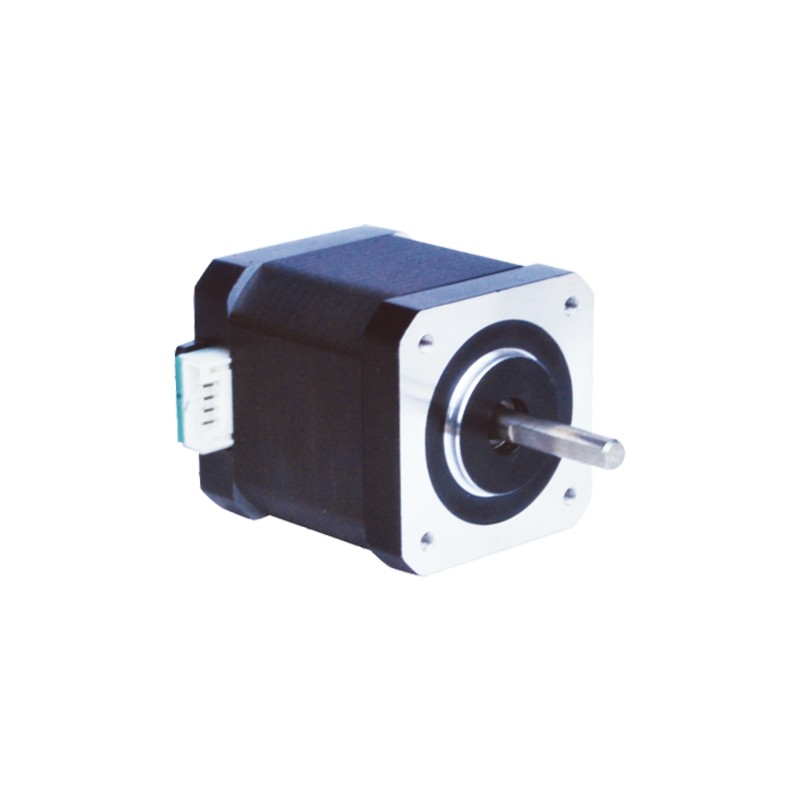Source:Industry News Release time:2022-07-08 Clicks:0 Popular:Reduction motor manufacturer

The stepper motor also has a braking system em, which is called a brake stepper motor (also known as a brake motor). The stepper motor itself has a holding torque. When powered on, the motor's holding torque can be used to lock the motor, which is equivalent to braking (brake). The brake of ordinary stepper motors does not self-lock when power is turned off, but self-locks when power is turned on. To achieve self-locking when power is off, a braking device (braking device) needs to be installed at the end of the stepper motor and connected in parallel with the stepper motor. In the circuit of the stepper motor, when the motor is energized, the brake is also energized, the braking device is separated from the output shaft of the stepper motor, and the motor operates normally. When the power is cut off, the brake stepper motor starts instantly and plays a role in fixing the motor shaft, which solves the problem that the stepper motor can still remain locked when the power is cut off.
In a vertical operating mechanism, there is a situation where the mechanism is powered off and the driver loses its locking force. Therefore, it is necessary to consider using a braked stepper motor to prevent the mechanism from falling directly and causing damage due to the driver losing its locking force. Traditional control brakes need to be connected to 12~24VDC. For all brakes it must be connected to DC24V voltage. Braking force relies on compression springs or permanent magnets to electromagnetically form an air gap to move heavier objects. Slow down or stop in a restricted manner for a short period of time. The traditional brake stepper motor control method generally uses a PLC to control the relay to supply power to the brake. The brake power supply is disconnected when the equipment is powered off, and the brake power supply is turned on when the equipment is powered on. It is best to delay powering on the brake power supply of the brake stepper motor, otherwise it will fall a certain distance.
Recommended reading
Related Information
Speed control device
2021-01-13CGXZK060
2021-01-13CGXZK042
2021-01-13CGXZ042
2021-01-13CGF-060L1-10-P2
2020-12-21Planetary reducer
2021-04-15Stepper motor
2020-12-21CGXK042
2021-01-13Gear reduction motor
2021-04-17Stepper motor
2021-04-14CGXZK085
2021-01-13CGXZ085
2021-01-13CGZF-042L1-5-P2
2020-12-21Planetary reducer
2021-04-15CGF-090L1-10-P2
2020-12-21Planetary reducer
2020-12-21CGX085
2021-01-13CGXZK115
2021-01-13